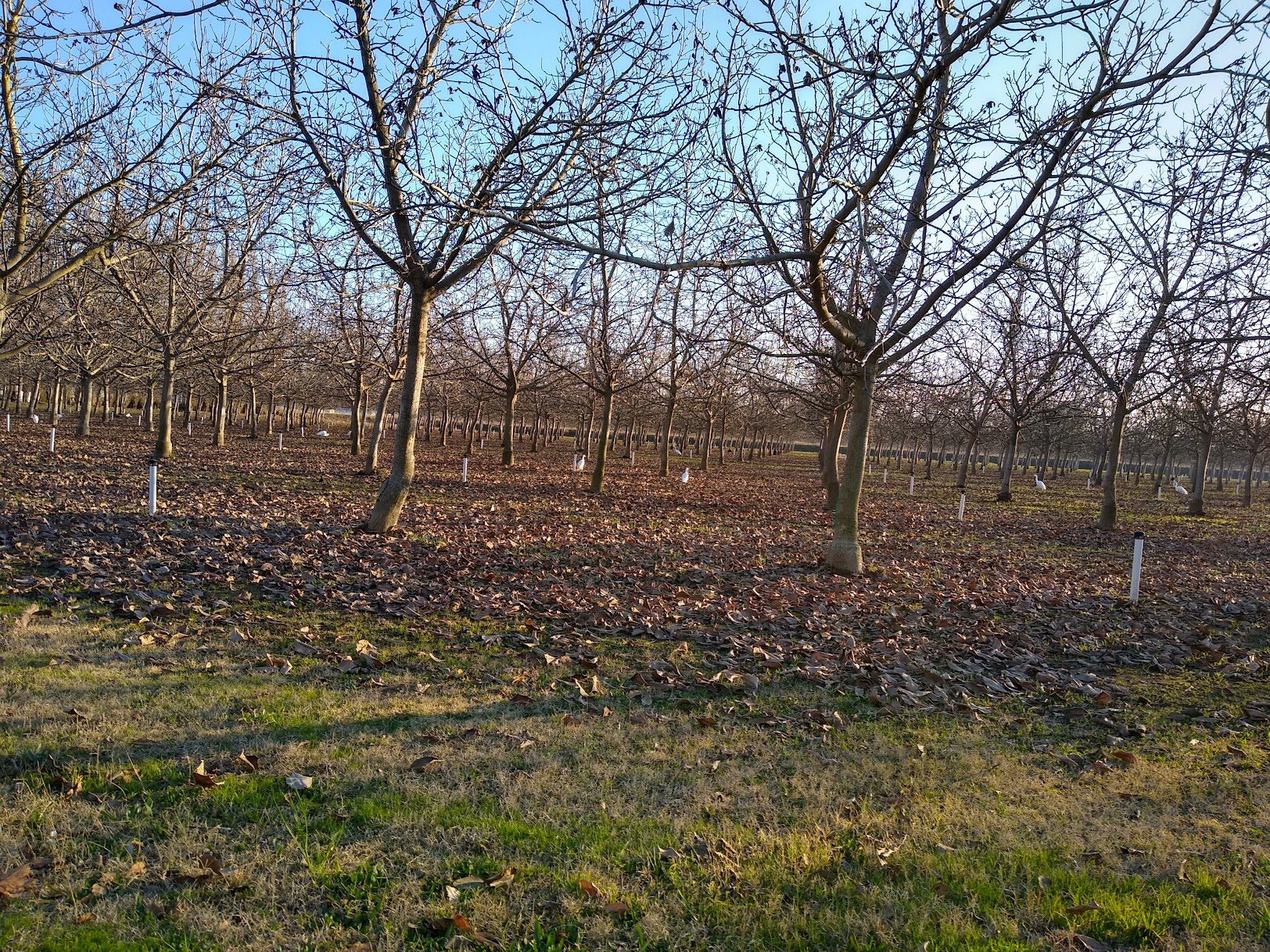
As tree nut acreage throughout the West increases, chances are that isolated block of trees planted several years ago is now at least partially surrounded by other tree nuts.
Those new acres may be planted to the same variety of tree nut or a different variety, but how those new blocks are managed can have an effect on your orchard health and crop quality.
“The two biggest concerns with neighboring orchards are navel orangeworm and dust,” said Almond Board of California Chairman of the Board Brian Wahlbrink. “You hope your neighbor will maintain adjacent roads, control dust and keep their orchard clean.”
Controlling navel orangeworm populations in an orchard is a multi-year process, Wahlbrink said, and a neighbor who is lackadaisical about orchard sanitation can have an impact on your orchard management. Costs of extra sprays and the time it takes to do them are the prices paid to overcome lack of sanitation and neglect of dust control by a neighbor.
Wahlbrink said that sanitation and dust are very visual problems in tree nut orchards. Orchard sanitation is necessary to remove overwintering sites for navel orangeworm. Dust creates an environment that supports mite infestation. It is also a safety hazard at harvest if is not confined to the orchard.
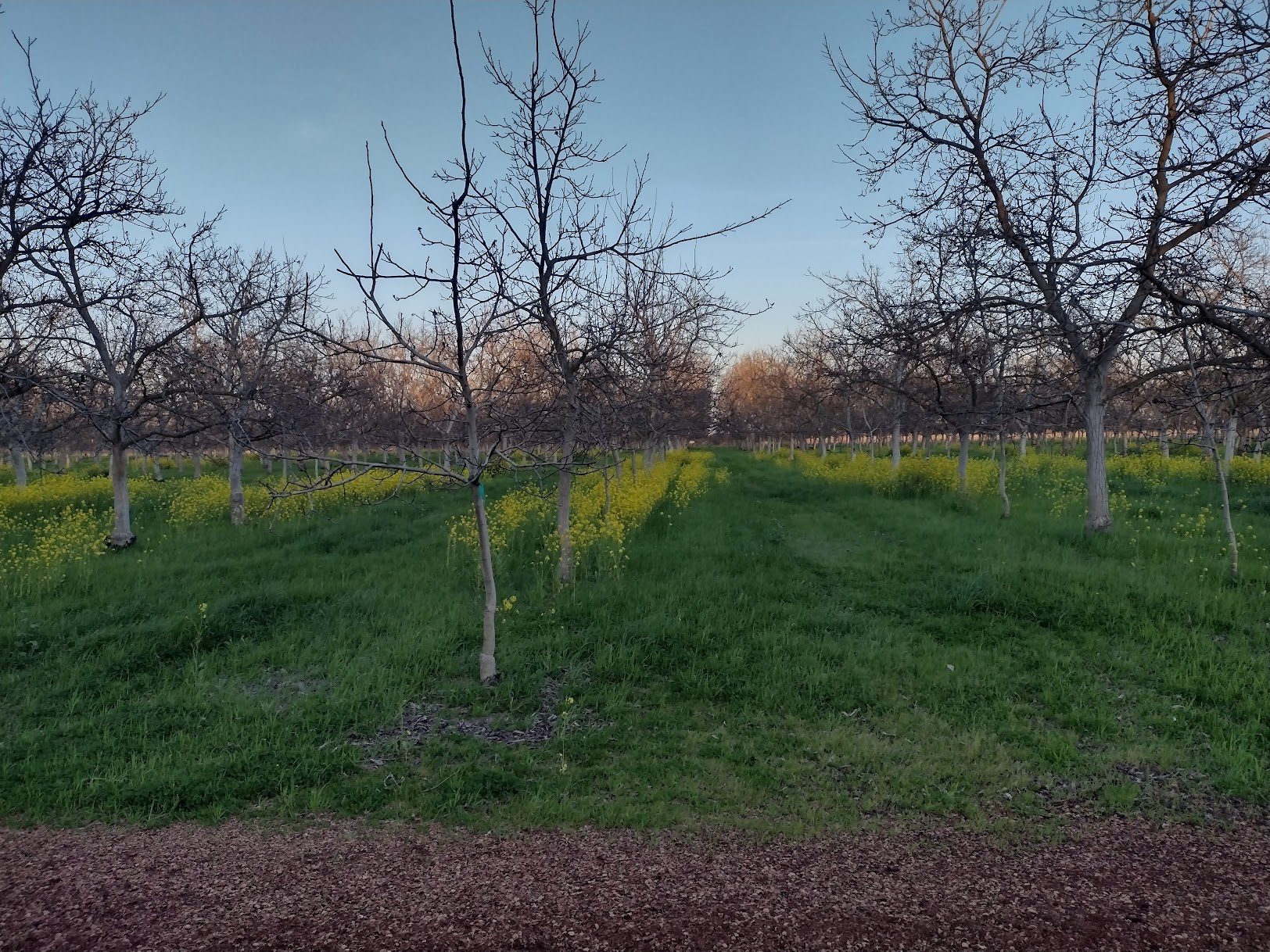
Areawide Approach
The UCCE publication Sac Valley Orchards reports that NOW has numerous fruit and nut hosts, both agricultural and native. It also shows that this pest has a substantial flight capacity and can migrate easily between hosts. Anecdotal evidence indicates that NOW pressure is higher in walnut orchards with neighboring hosts. The report also notes that NOW damage in walnuts is not solely due to migration from neighbors as populations in an orchard can build over time if sanitation and other control measures are not implemented.
UCCE farm advisors stress that an area-wide approach, where neighboring orchards are managed to control NOW, will be most effective.
This topic can open a can of worms, said crop consultant Justin Nay with Integral Ag.
Growers can blame their neighbors for pest damage to crop or unhealthy orchards.
“Rightly or wrongly, many growers blame their neighbors for their misfortunes but not often on their successes.”
Nay said that when a neighbor is identified as being problematic for one or multiple pests, monitoring begins and options are discussed.
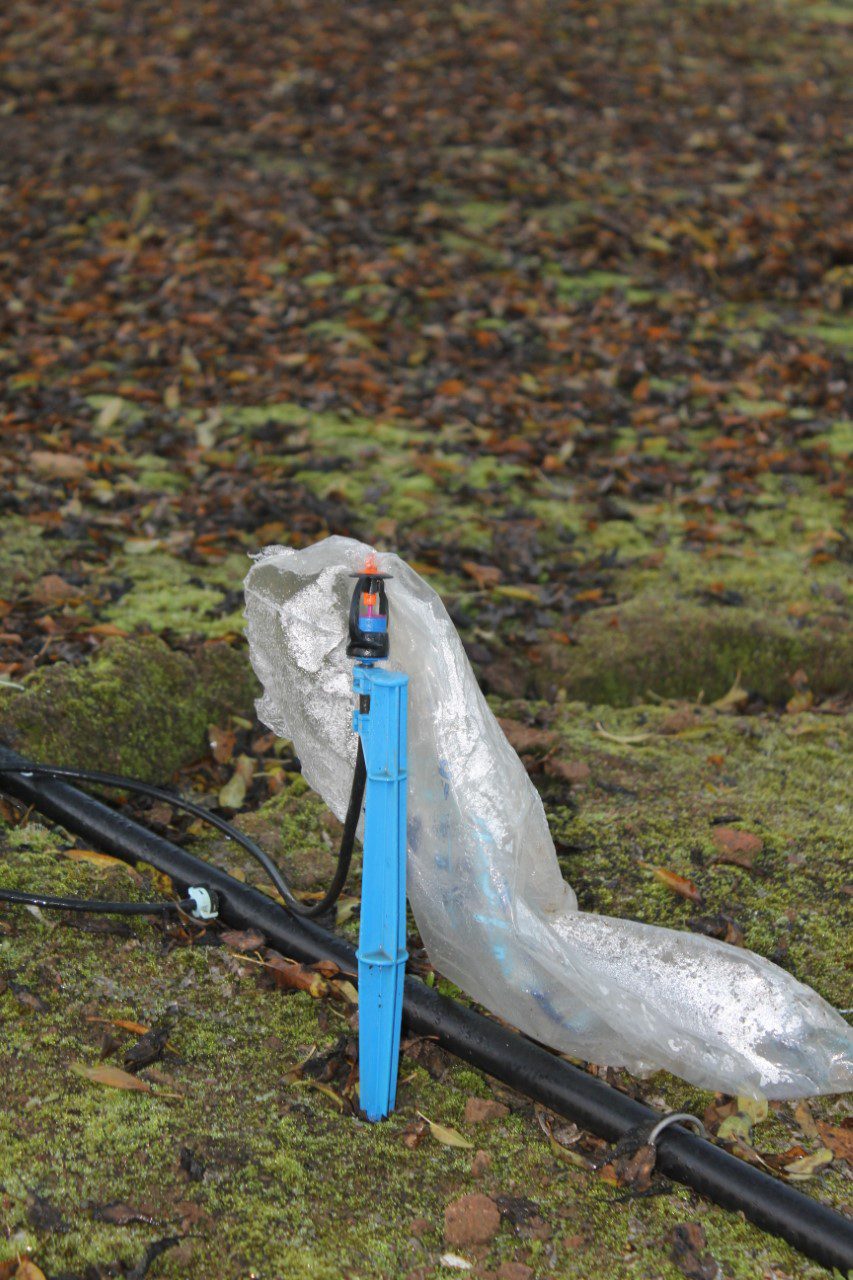
With NOW, which Nay identified as one of the greatest neighbor issues, May sprays are adjusted if mummies in the orchard are not infested but are going to become infested by neighbor fly-ins of mated females. Mass trapping in the orchard is done to limit mummy infestation by mated females. A decision on the number of hull split sprays will be done based on the size of the fly-in pressure.
If mummy removal from the orchard is successful, Nay said that no May sprays are done no matter the NOW fly-in pressure. Mating disruption is not added since mated females are flying in but there are no mummies to infest. Nay said they treat at hull split based on neighbor flight data in monitoring traps. Finally, there is a discussion on early harvest so that orchard is not the last one on the block to capture fly-ins from the neighbors.
On the proactive side, Nay said that when developing an orchard adjacent to a possible problematically managed orchard, he recommends planting in the opposite direction to make it more difficult for the moths to fly down the lanes of the infested orchard into the new orchard. He said that one other tactic is to plant a tight barrier of trees surrounding the parcel.
To limit dust on borders, Nay said he advises watering or oiling roads more aggressively.
UCCE Area IPM Advisor Jhalendra Rijal said area-wide sanitation and mating disruption efforts make sense for control of NOW. Growers should be aware of the resident NOW populations in their orchards and how they can affect neighboring orchards.
Navel orangeworm is not the only insect pest that can migrate, he noted. Winter sanitation and removing tree branches infested with flatheaded borers (FHB) can help keep this pest from spreading. Orchards where this pest has been found should be scouted for FHB wounds in branches during the winter. If an FHB infestation is found in an orchard, chances are that it will spread to neighboring orchards, Rijal said.
Houston Wilson, UCCE assistant IPM specialist, said an individual grower can make the effort to heavily sanitize their orchard. But, if a neighbor fails to do the same, there is risk of navel orangeworm colonizing from nearby infested orchards.
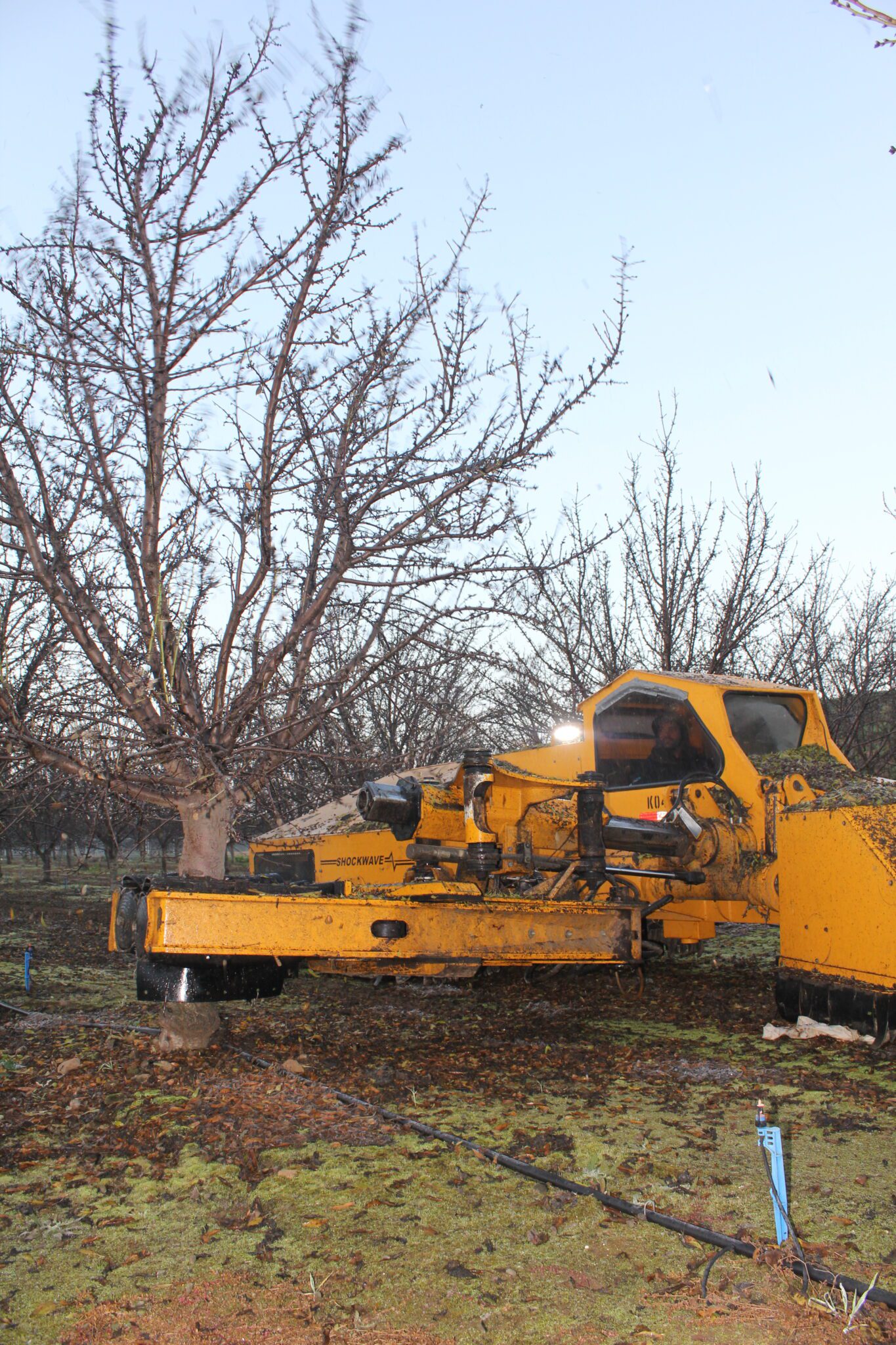
“This is a fairly mobile pest, and so sanitation likely works best as an area-wide approach.”
Kern County UCCE Farm Advisor David Haviland noted that use of mating disruption in an orchard can provide the benefit of lower NOW populations in neighboring orchards. If used in an area-wide concerted program, the larger pheromone plume could be even more effective.
Most other insect pests in nut orchards do not fly in from neighboring orchards, Haviland said. The stink bug complex, for example, is more of a regional issue. These pests migrate into orchards, not from other orchards, but from overwintering sites.
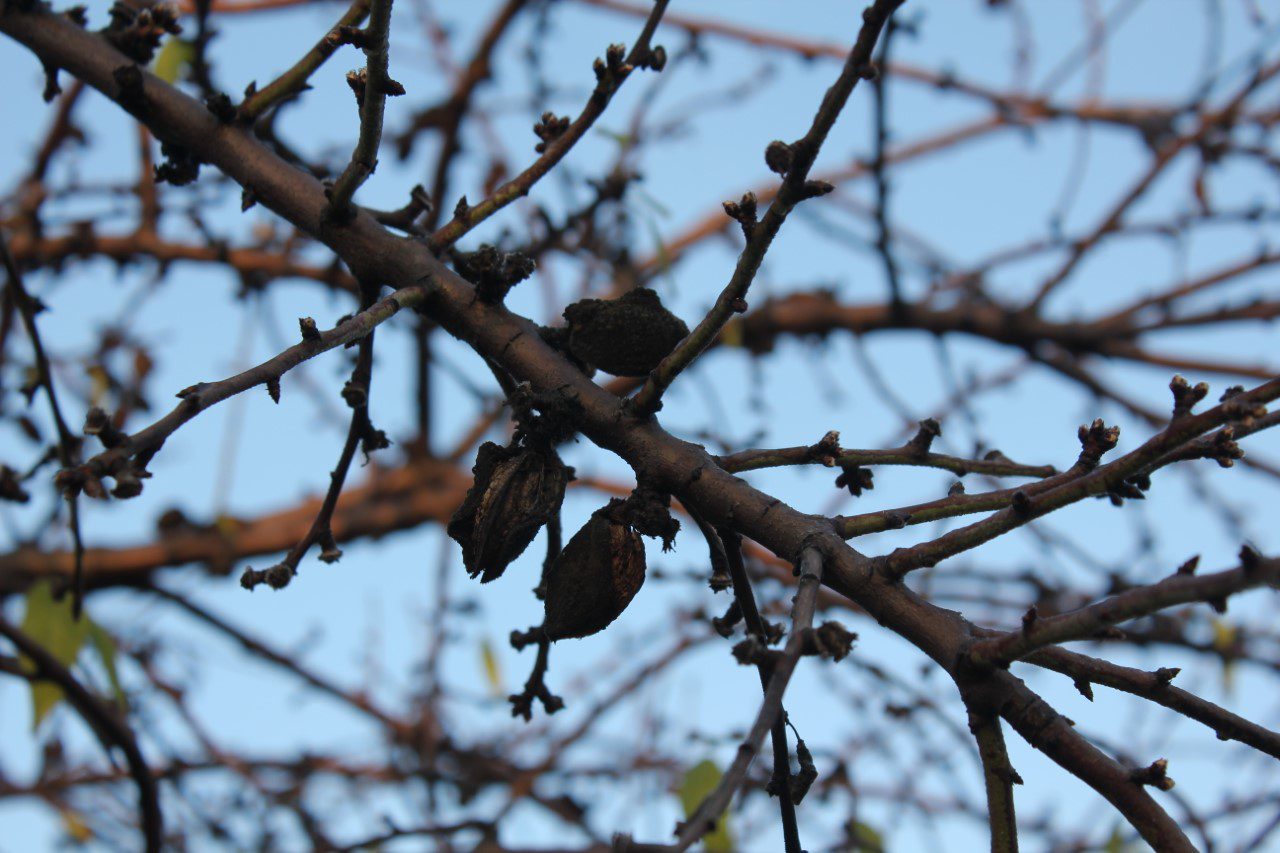
Communication is Vital
Wilson and Wahlbrink both stressed that communication between growers and farm managers is critical in effective control of insect pests. If there is potential for a problem with a neighbor, Wahlbrink said communication is vital.
“Sometimes, it is just a matter of making them aware of the situation,” Wahlbrink said. “They are usually responsive, and that is typical of the ag community as a whole.”
Wilson said the social component in the ag community, peer pressure, in-person exchanges, can carry some weight when there is a neighboring orchard that isn’t farmed to control insect pests.
“There can be some social motivation.”

Cecilia Parsons
Cecilia Parsons has spent the past 30 years covering agriculture in California for a variety of newspapers, magazines and organizations. During that time she has been fortunate to witness some of the important events that have shaped this diverse industry and worked hard to examine and explain these events for readers.
When Cecilia first moved to the San Joaquin Valley in 1976, her first journalism job was at a small daily newspaper where she covered “farm news.” From there she branched out to writing for a dairy magazine and a regional weekly agriculture publication.
Cecilia is part of a farming family from the rural community of Ducor where she also raises purebred sheep and is attempting to master versatility ranch horse riding.










